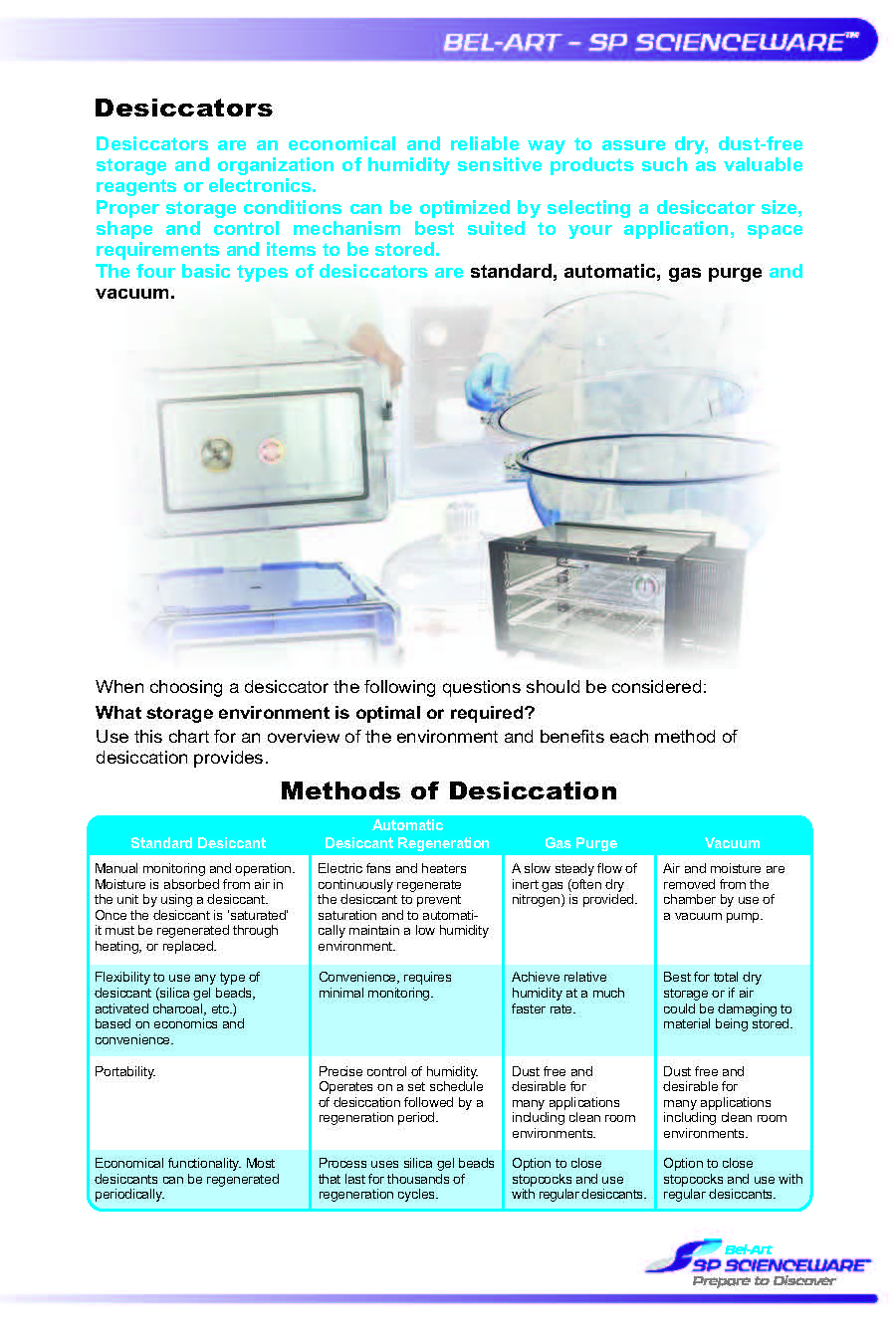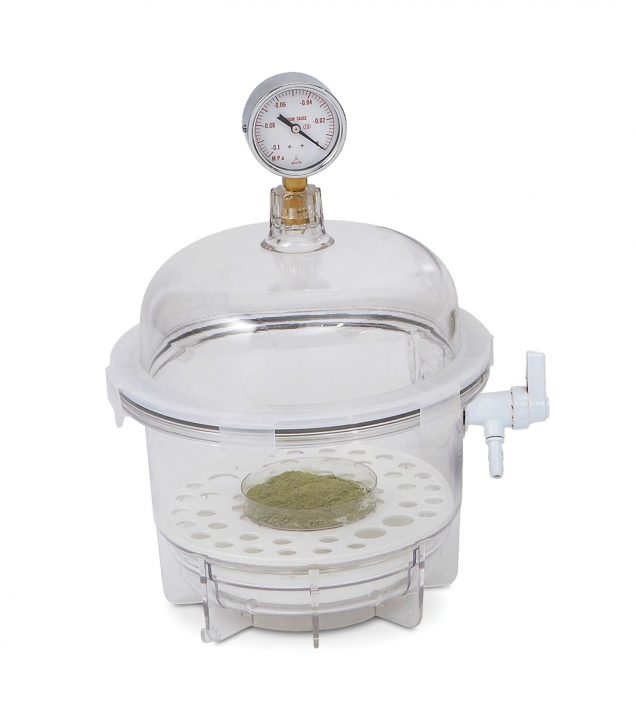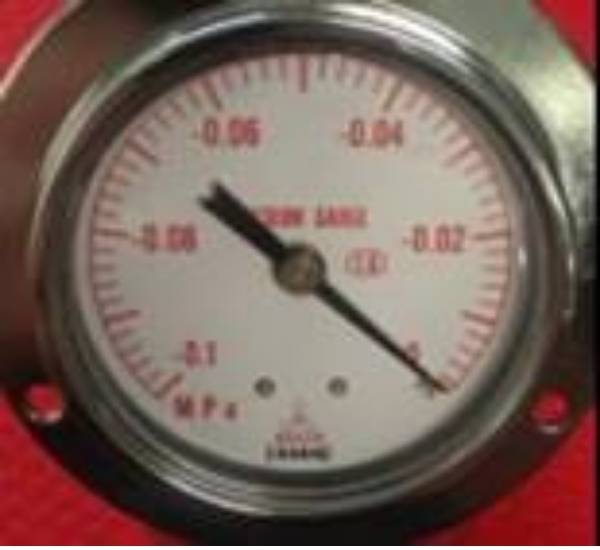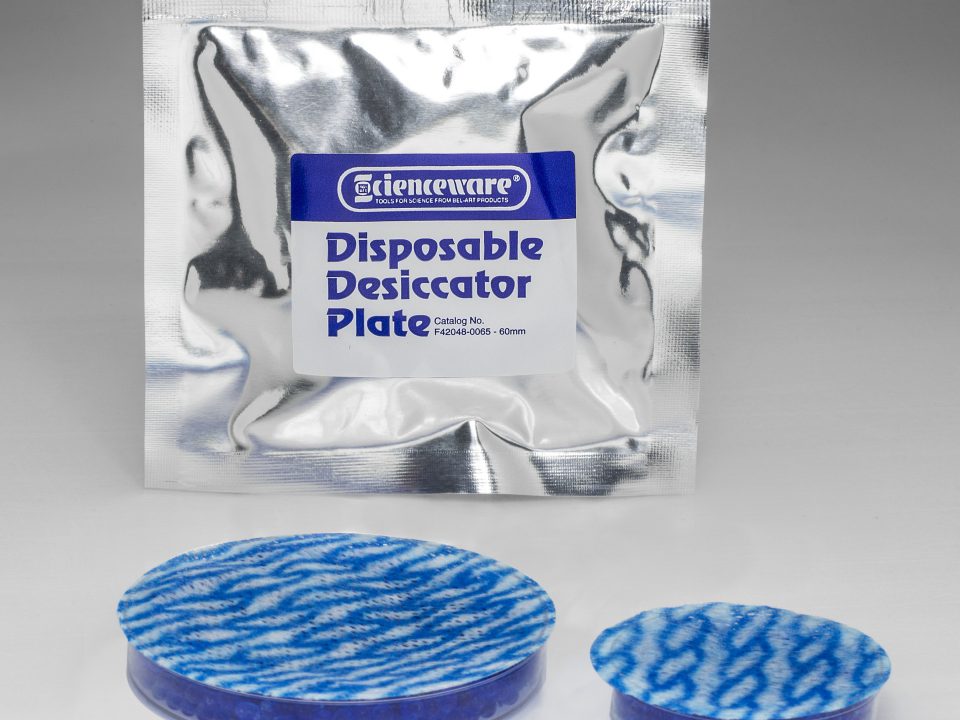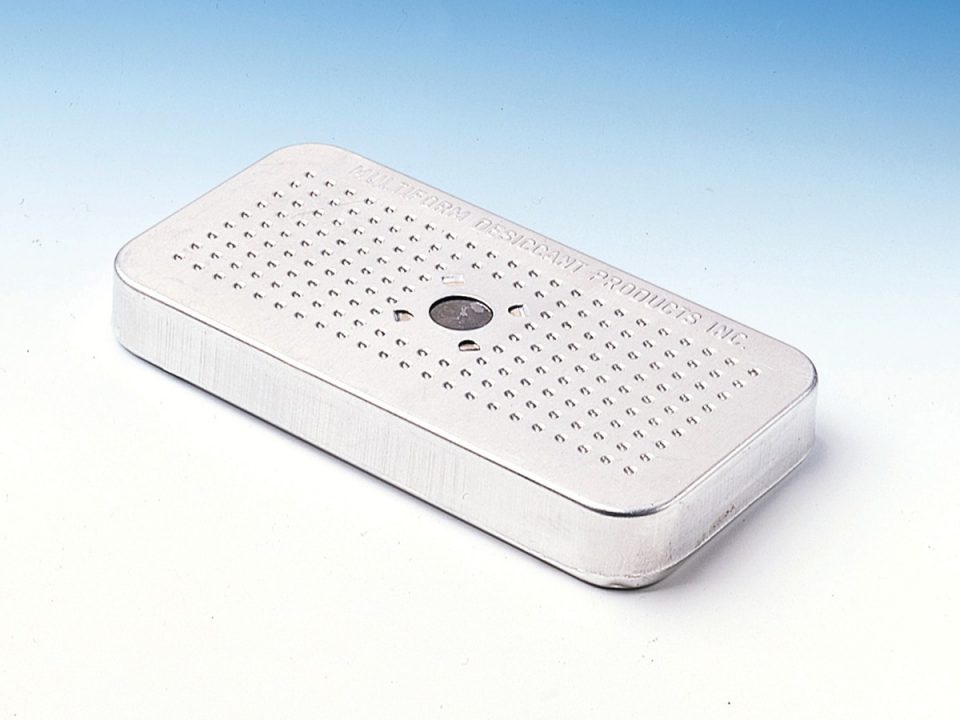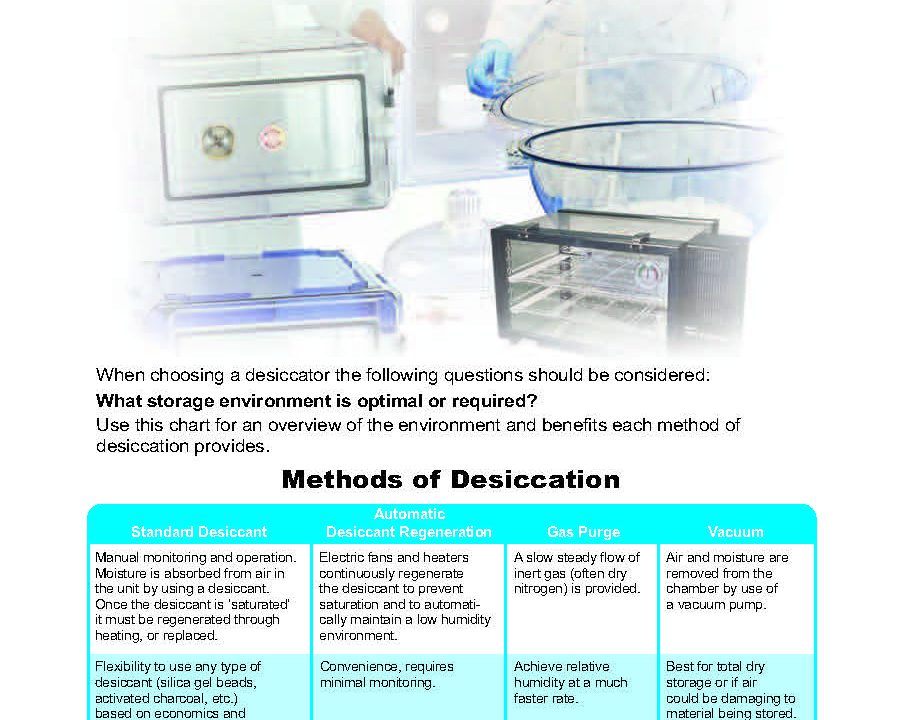
Achieving a 100% Humidity Free Environment: Vacuum and Gas-Purge Desiccation
Dear Lab Guy,
I’m using a desiccator cabinet with plenty of desiccant, but it doesn't seem to produce a dry enough environment for my use. How can I achieve a lower relative humidity?
Sincerely, George G.
Hi George,
Conventional desiccants like silica gel or calcium sulfate work like a sponge to remove moisture from the air. At best, they can get a desiccator cabinet to a relative humidity of 20-30%, which is perfectly acceptable for a majority of drying needs. Those needing a 100% humidity-free environment turn to the less-conventional drying methods: Vacuum and Gas-Purge desiccation.
Vacuum desiccation works by removing the air from the desiccator, creating a vacuum. No air = no moisture. This type of desiccation is used for very hygroscopic compounds (substances that tend to easily draw moisture from their environment) and by those de-gassing liquids (literally drawing out air and air bubbles from the liquid) before solidifying or curing.
Traditionally, vacuum desiccators were big and heavy round glass jars that required a messy bead of grease around the flange. Today there are more options including lighter plastic cabinets in both round and cabinet styles.
Space Saver® and Lab Companion Vacuum Desiccators are also domed and engineered to withstand the negative pressures of vacuum, but are much lighter and do not require the grease. Learn more.
Cabinet-style desiccators use less space by allowing more than one shelf within a cabinet as well as the ability to stack multiple desiccators. Traditionally cabinet style desiccators would crush inward with vacuum pressure, but recently the Lab Companion line was designed to withstand that pressure. Learn more.
The other type of 100% desiccation is Gas-Purge. Since gas-purging does not create internal pressure (positive or negative), either cabinet or dome-style desiccators may be used.
This type of desiccation works by removing the wet air and replacing it with a dry gas that is incapable of holding any moisture, like nitrogen or argon. This is frequently used by the semiconductor industry because it produces an inert, non-electrical conducting environment. Bel-Art provides a wide selection of gas-purge desiccators which can be found here.
While vacuum and gas-purge desiccation seem to be a better way to keep things dry, they are not always the most convenient. A close vacuum or gas source must always be near your desiccator, and frequent access to the items inside will require continually evacuating or purging the air. It is not recommended for the day-to-day desiccation needs of most laboratories, but can be very useful in some applications.
So judge your desiccator needs. If you are frequently accessing your desiccator and don’t need 100% dryness, vacuum or gas purge desiccation may not be for you. Regular desiccant beads or automatic desiccators work great in keeping a consistent humidity (≈30%) with little maintenance or worry: Learn more.

Got a Question? Lab Guy can Help
Ask Lab Guy:
- For advice on SP lab equipment, supplies, etc.
- How to make something work - products, processes, applications
- Where to find resources on a scientific topic or process




